Victim or monster? The mystery of the most prolific female serial killer of all time
Accounts of the Hungarian 'Blood Countess' remain shrouded in mystery
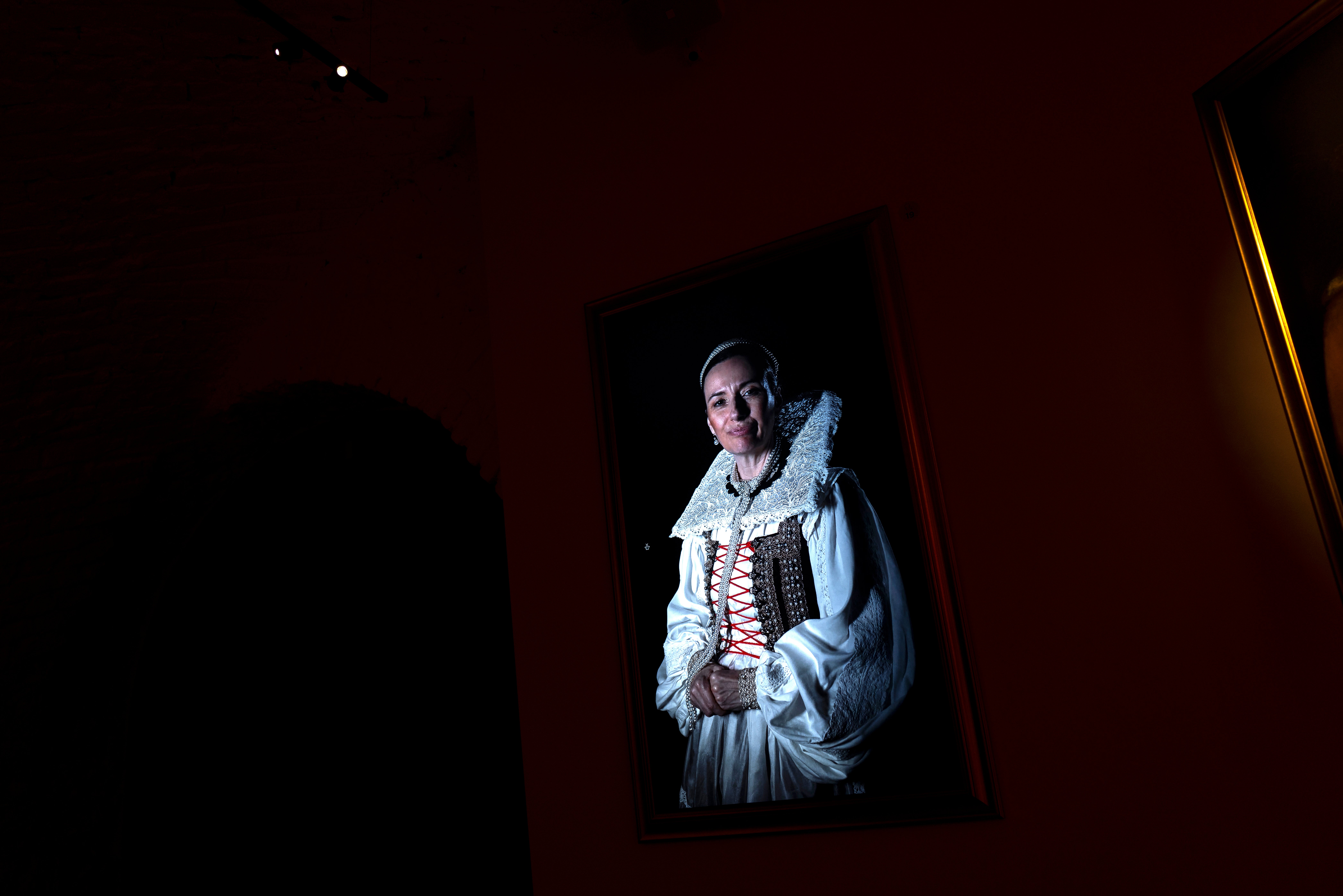
Your support helps us to tell the story
From reproductive rights to climate change to Big Tech, The Independent is on the ground when the story is developing. Whether it's investigating the financials of Elon Musk's pro-Trump PAC or producing our latest documentary, 'The A Word', which shines a light on the American women fighting for reproductive rights, we know how important it is to parse out the facts from the messaging.
At such a critical moment in US history, we need reporters on the ground. Your donation allows us to keep sending journalists to speak to both sides of the story.
The Independent is trusted by Americans across the entire political spectrum. And unlike many other quality news outlets, we choose not to lock Americans out of our reporting and analysis with paywalls. We believe quality journalism should be available to everyone, paid for by those who can afford it.
Your support makes all the difference.The most prolific female serial killer of all time still remains as elusive as ever.
More than 400 years after her death, the truth about “the Blood Countess,” a Hungarian noblewoman is still a mystery.
But was she the blood-bathing monster some claimed at the time, or was she, in fact, a victim?
From her castle atop a rugged peak in what is today Čachtice in western Slovakia, Elizabeth Báthory was alleged to have tortured and killed up to 650 young women and girls, sparking gruesome legends that she delighted in bathing in the blood of her victims in the belief it would help her retain her youth.
Rumours of Báthory's cruelty spread throughout the Kingdom of Hungary in the early 17th century, and after a royal inquiry, four of her servants were convicted of murder and brutally executed. The Blood Countess was arrested and confined to the walls of her castle until her death in 1614.
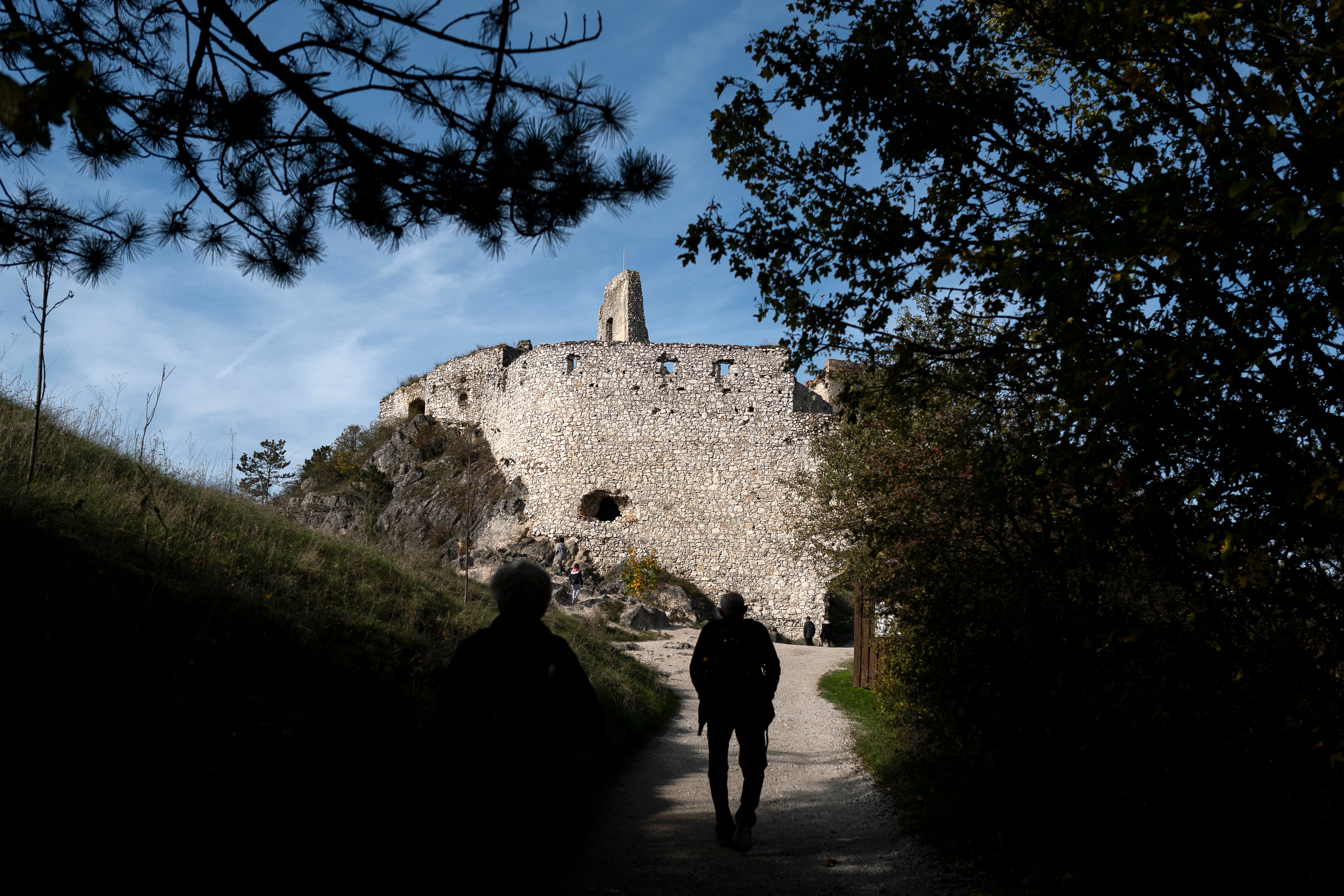
Báthory's macabre story has captivated imaginations, and invited speculation, for centuries, spawning books, films, television series and local legends. But some researchers have cast doubt on whether she was truly responsible for the alleged savagery and suggest that as a wealthy and powerful woman in late Renaissance Europe, she herself may have been the victim.
“Was Báthory a serial killer who was tormenting and torturing 650 young women for nothing more than her pleasure?” asked Annouchka Bayley, a British author and academic who recently published a novel about the wealthy countess. “I'm very convinced that it is, as we put it in England, a stitch-up job.”
Bayley, author of “The Blood Countess” and associate professor of arts and creativities at Cambridge University, says the popular narrative of Báthory as a serial killer relies on a “woman as monster” trope that is not supported by the available evidence.
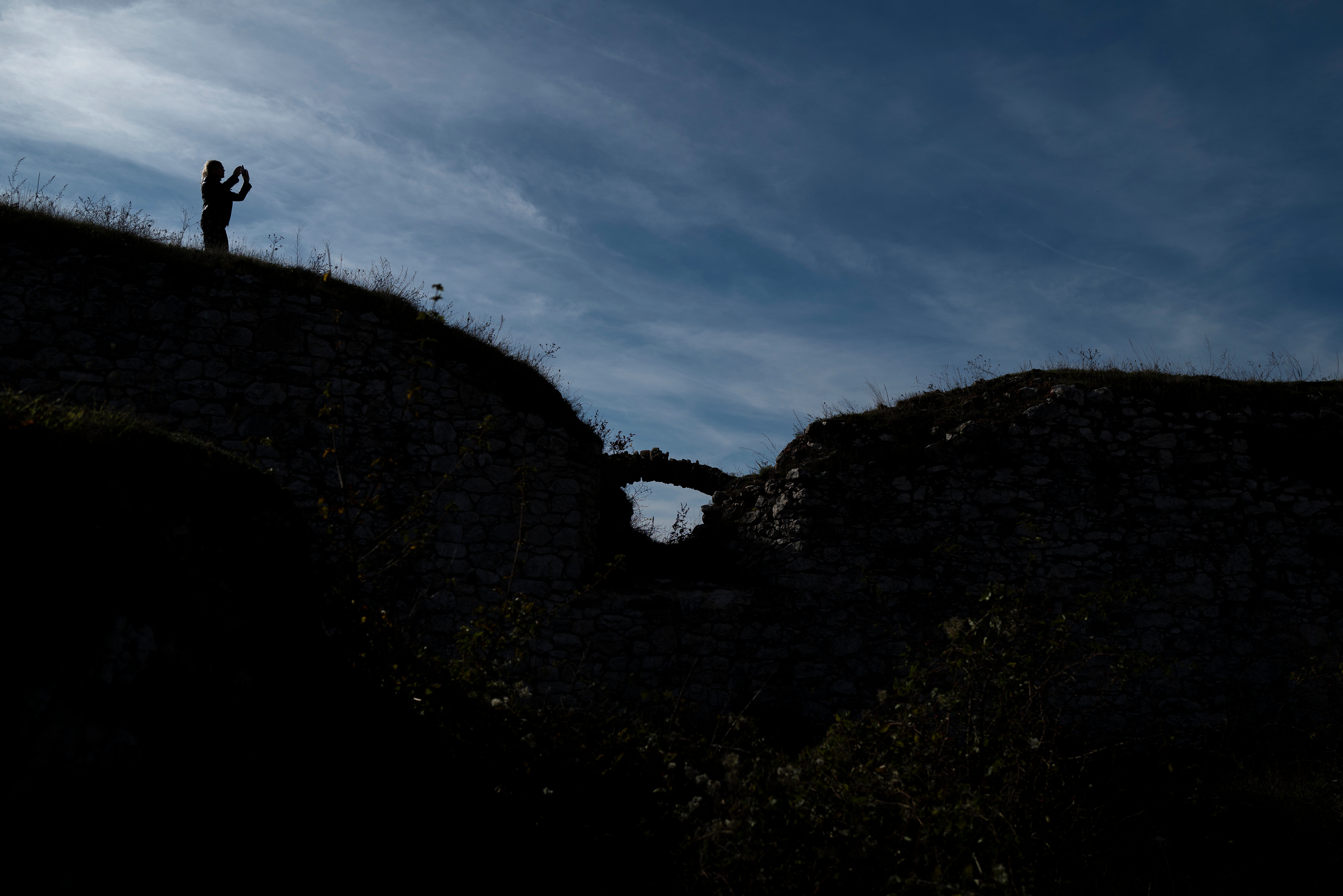
Instead of a murderer, she argues, Bathory may have been a subversive figure who was a threat to the kingdom's power structure, especially given evidence that she taught many young women to read and may have owned a printing press — radical acts during the period in which she lived.
“You have to remember, these are the years of the Reformation and the Counter-Reformation where people were being burned at the stake for their heretical beliefs. The printing presses, which had started flourishing across Europe, were giving people much wider access to information, and this was seen as very dangerous,” Bayley said.
“There’s enough for me to go, whoa, hold on a minute. Let’s just pause here and investigate.”
Báthory, born into an aristocratic family in 1560, married a wealthy Hungarian nobleman, Ferenc Nádasdy, in 1575, and the couple controlled major wealth and lands across the kingdom. Nádasdy was a prominent soldier and key figure in wresting back control of numerous Hungarian lands that had been occupied by the Ottoman Empire.
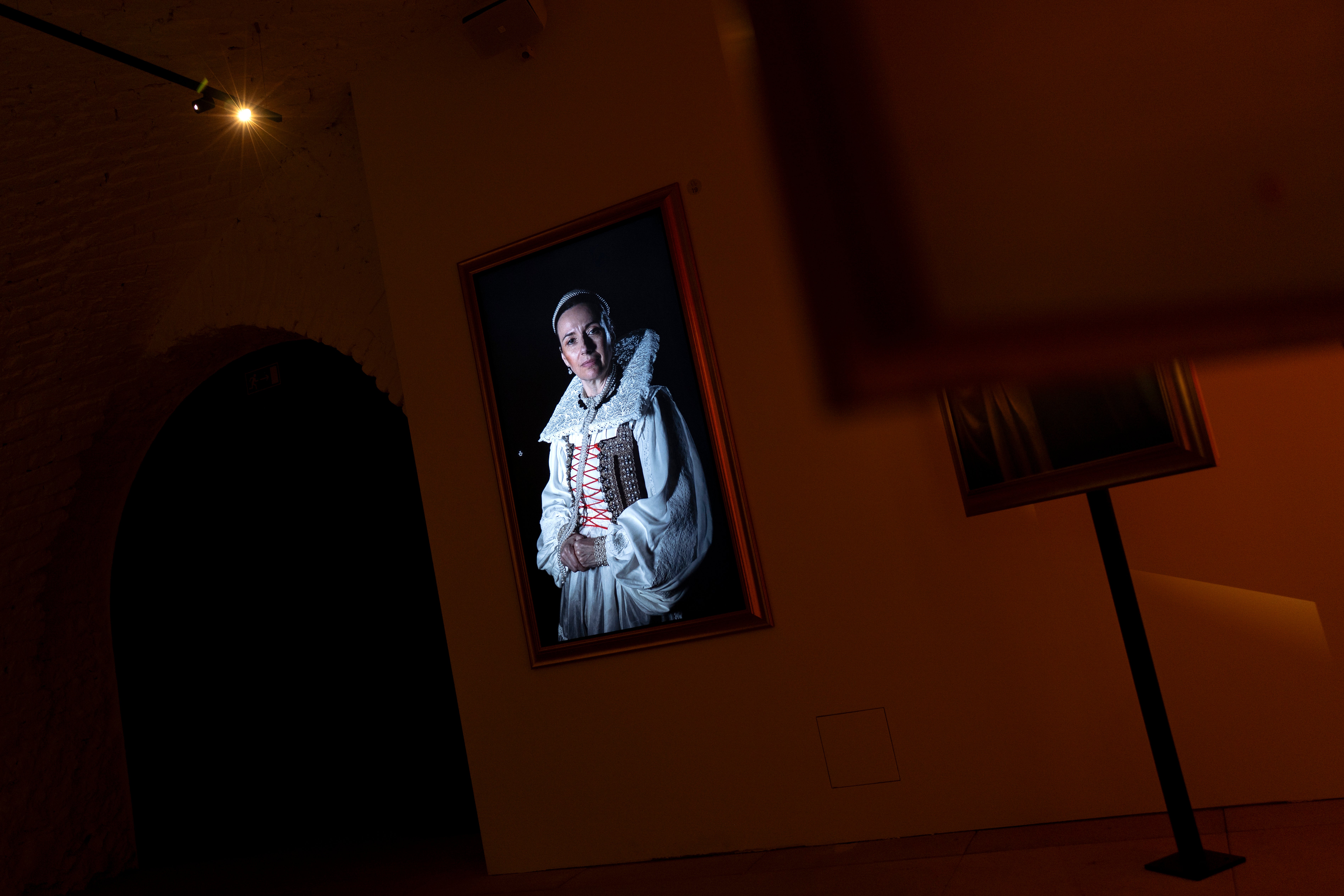
But after Nádasdy's sudden death in 1604, Báthory inherited his lands and wealth and commanded a “Jeff Bezos-style huge fortune,” according to Bayley.
It was that fortune and position of power that Bayley and other scholars have pointed to as a potential motive for other powerful figures of the time to seek to destroy Báthory and seize her wealth.
Báthory's refusal to remarry following her husband's death, and her activities in educating young women "would send alarm bells ringing of anyone in power,” Bayley said.
Skepticism over Báthory's guilt is not limited to academia — the question can still be polarizing in the Slovakian village of Čachtice where the atrocities were said to have taken place. Uncertainty over where Báthory is buried has also bred speculation. She is thought to be interred in a crypt beneath the local church, but there have been rumors that her body was later moved, and the church has not allowed an excavation.
A local museum dedicated to the countess in Čachtice, and groups of tourists and villagers who ascend the rocky hills to the castle above the town are testaments to the power her legend still holds over the region.
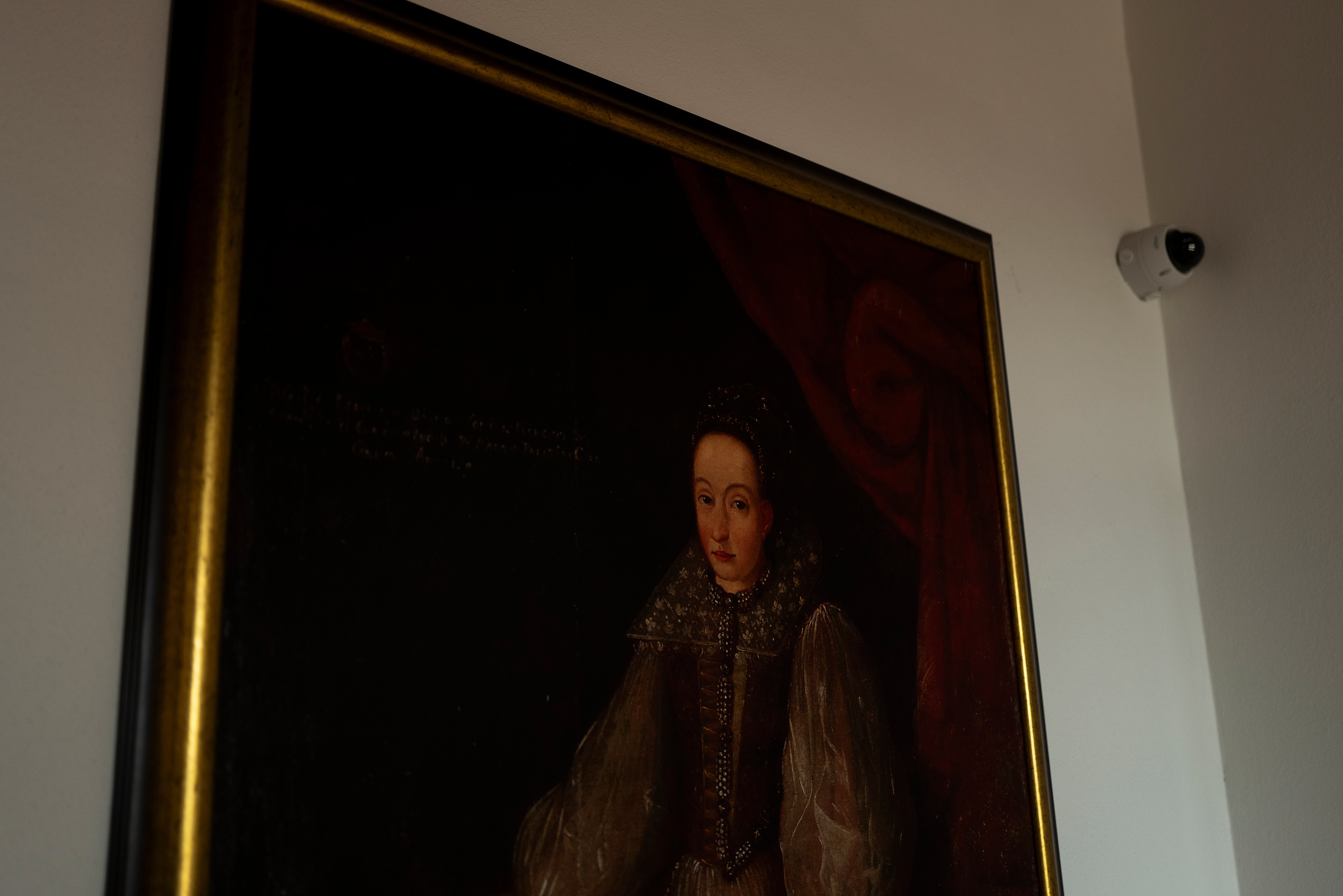
But Ivan Pisca, a local farmer, said the power of Báthory's story may be waning as generations come and go.
“There are legends about Elizabeth Báthory, relatively bloodthirsty ones about the young girls she tortured and then killed," he said. "Older people believe these tales, but the younger people may know a little less about them.”
Bayley believes that popular culture throughout the centuries has held an undue fascination with the most gruesome and violent narratives, and that history has often stigmatized powerful women.
With a “counter-narrative” of Báthory's story, she said, she hopes to provide a measure of justice for her and all others that history may have unfairly condemned.
“She deserves better, we all deserve better,” Bayley said. “Is justice for Báthory 500 years later, ‘She didn’t do it'? Or is justice for Báthory actually the undoing of the monster trope for all women and for all men?”